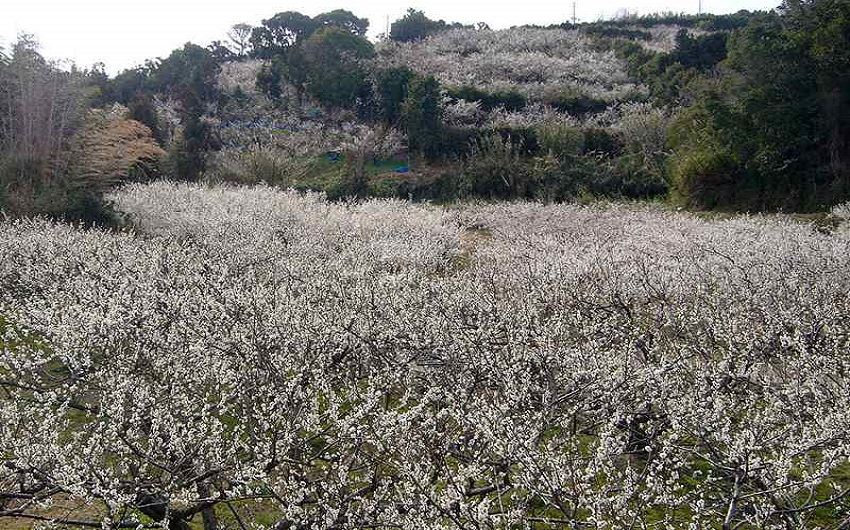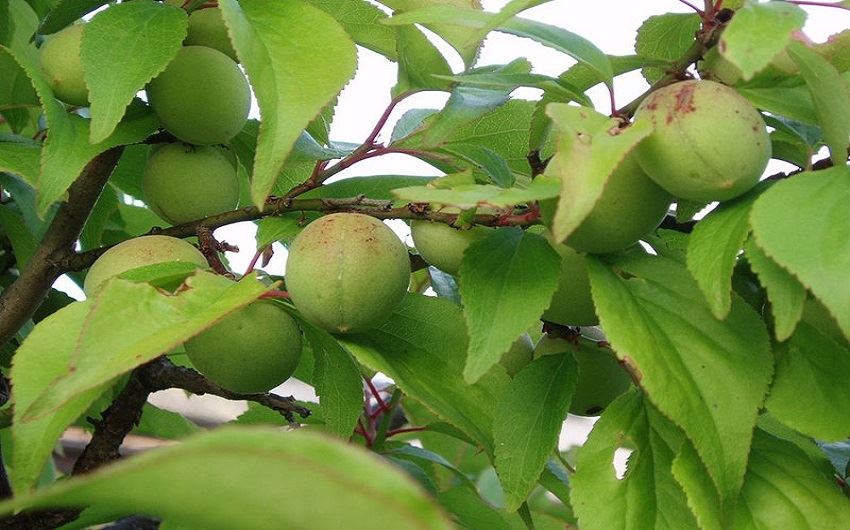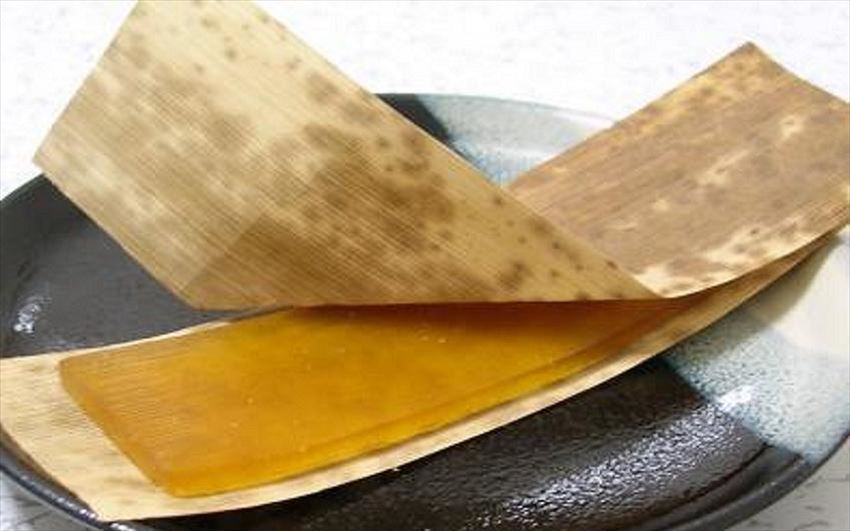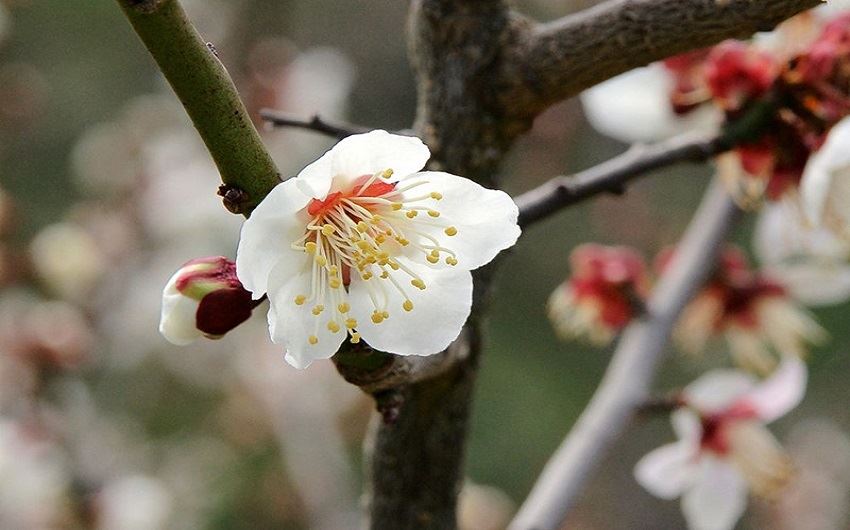※This article was published at March 2015.※
Even when the weather is still cold outside, noticing ume flowers that had only been buds until just recently, starting to bloom in a modest but elegant display, warms people’s hearts with the feeling that spring is on its way.

Furthermore, ume flowers are so well-known to people that they are grouped together with other auspicious plants as a set of “pine, bamboo, and Chinese plum”.
The ume has its origins in China, but cores from its fruits have been discovered even in Japan, in ruins dating back to the Yayoi period, revealing that its flowers were familiar to Japanese people over 2000 years ago.
In the Nara and Heian periods, while ume flowers themselves were of course loved by many for their beauty, they were also used as ornaments for the hair or as decorations on kimono sleeves.
With their pure color, simple form, and fresh fragrance together with their lovely charm, they must have been perfect as stylish accessories for the Japanese of those times.

There is a proverb that “An ume can ward off the hardships of the day”, which reflects the belief that eating an ume in the morning can provide a full day’s worth of energy and vitality.
Ingredients such as citric acid, malic acid, and pyruvic acid contained in ume can help to quicken recovery from exhaustion and strengthen the functions of the liver.

In Yamagata prefecture, there is a type of confection known as “noshi-ume” (“spread-out ume”), made from ume that have been ground down and kneaded into kanten (vegetable gelatin), which is spread out thinly, dried, and wrapped in bamboo sheaths.
This is believed to be modeled after a secret remedy whose preparation was learned from the Chinese by the Edo-period physician Gentan Kobayashi, and which was then used as a restorative medicine.
Loved in this way both for its medicinal properties and as a type of sweet, this unusual food surely owes its existence to the combination of both delicious taste and health benefits found in ume.

The ume (Chinese plum) is a flowering tree that signals the coming of spring, and is thought of as being superb all-around, said to have “good flowers, good fragrance, good fruits”.
Since it blooms in early spring, ahead of other flowers like cherry blossoms, it is also known as the “big brother of flowers”.Even when the weather is still cold outside, noticing ume flowers that had only been buds until just recently, starting to bloom in a modest but elegant display, warms people’s hearts with the feeling that spring is on its way.

Furthermore, ume flowers are so well-known to people that they are grouped together with other auspicious plants as a set of “pine, bamboo, and Chinese plum”.
The ume has its origins in China, but cores from its fruits have been discovered even in Japan, in ruins dating back to the Yayoi period, revealing that its flowers were familiar to Japanese people over 2000 years ago.
In the Nara and Heian periods, while ume flowers themselves were of course loved by many for their beauty, they were also used as ornaments for the hair or as decorations on kimono sleeves.
With their pure color, simple form, and fresh fragrance together with their lovely charm, they must have been perfect as stylish accessories for the Japanese of those times.

There is a proverb that “An ume can ward off the hardships of the day”, which reflects the belief that eating an ume in the morning can provide a full day’s worth of energy and vitality.
Ingredients such as citric acid, malic acid, and pyruvic acid contained in ume can help to quicken recovery from exhaustion and strengthen the functions of the liver.

In Yamagata prefecture, there is a type of confection known as “noshi-ume” (“spread-out ume”), made from ume that have been ground down and kneaded into kanten (vegetable gelatin), which is spread out thinly, dried, and wrapped in bamboo sheaths.
This is believed to be modeled after a secret remedy whose preparation was learned from the Chinese by the Edo-period physician Gentan Kobayashi, and which was then used as a restorative medicine.
Loved in this way both for its medicinal properties and as a type of sweet, this unusual food surely owes its existence to the combination of both delicious taste and health benefits found in ume.


Comments